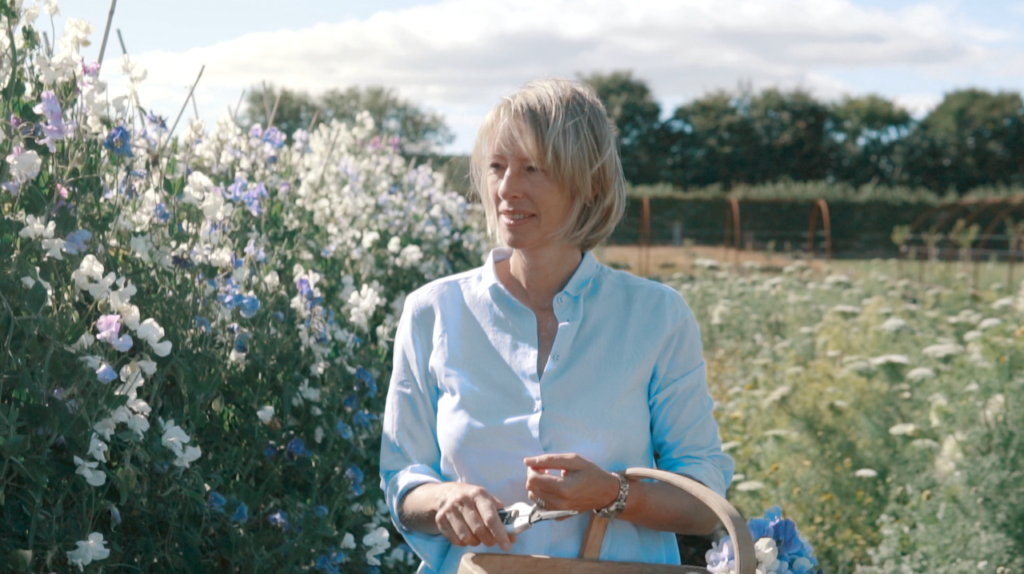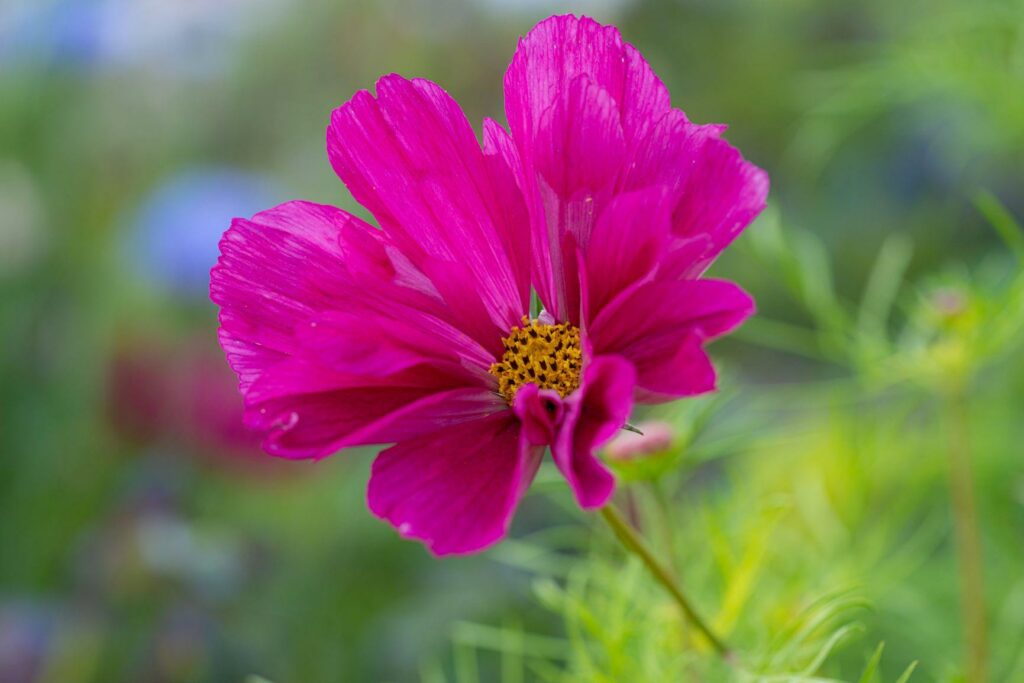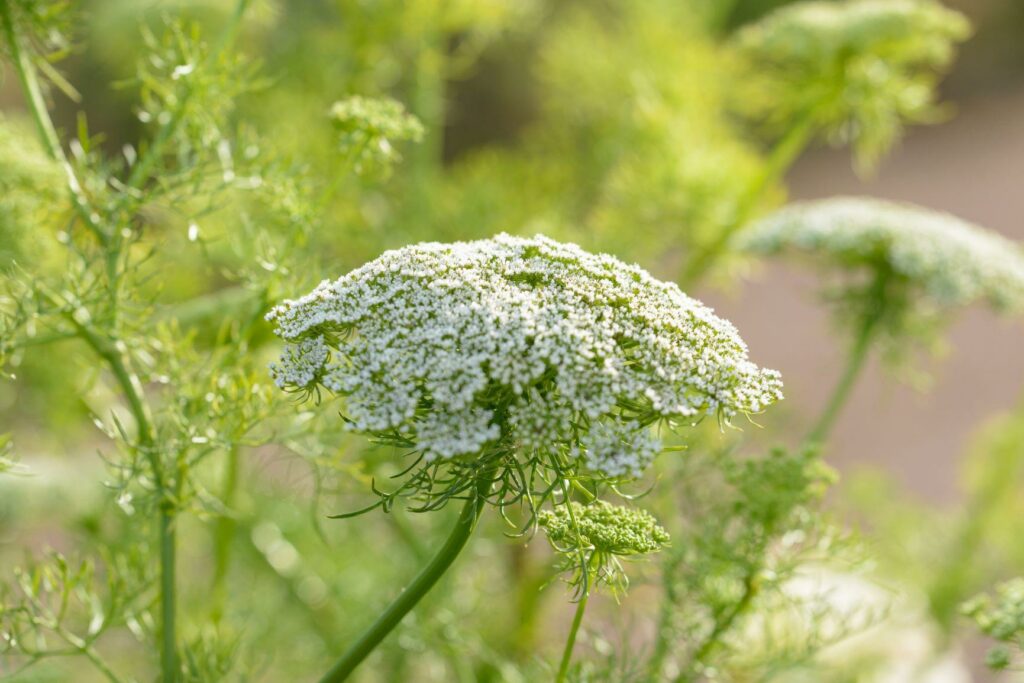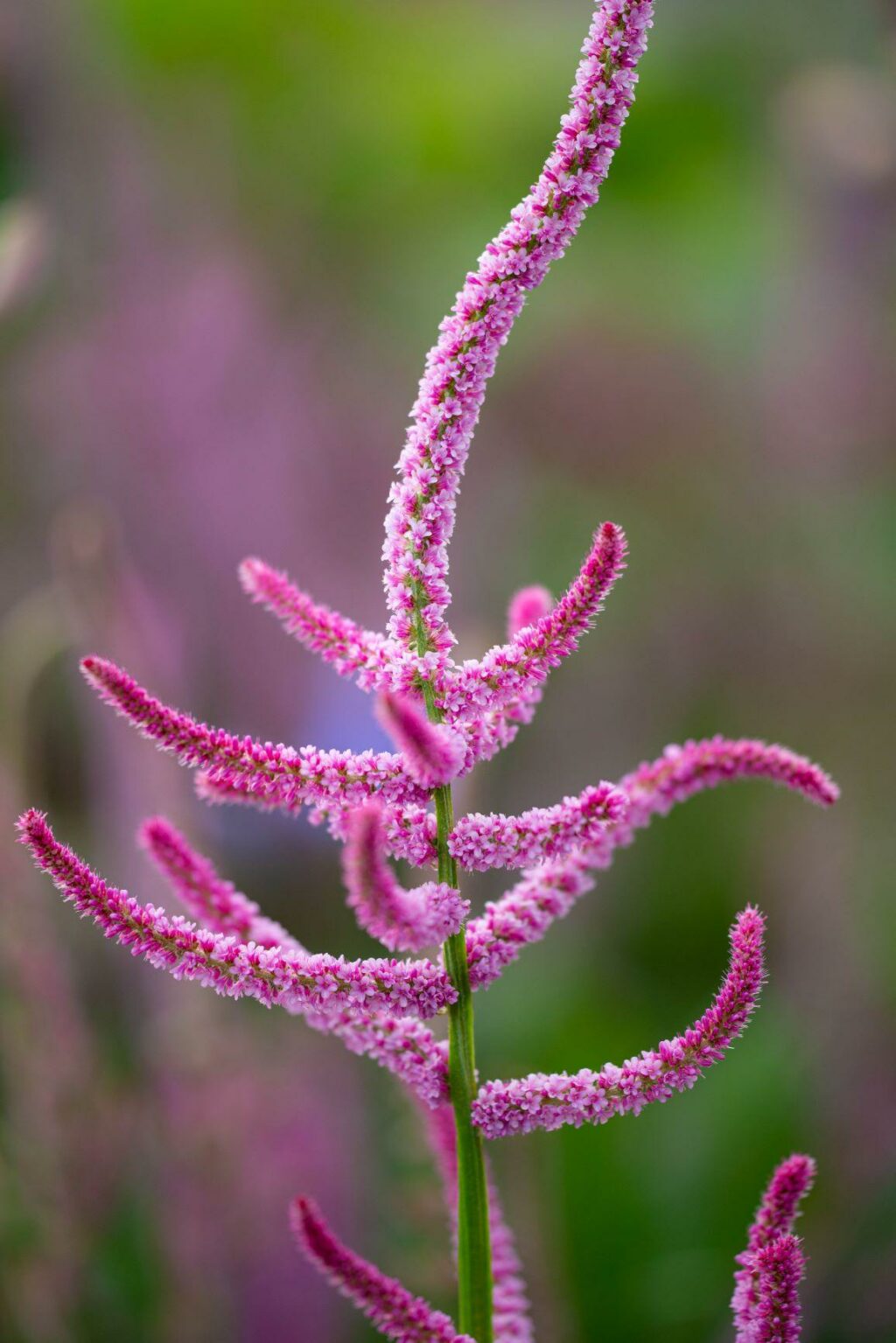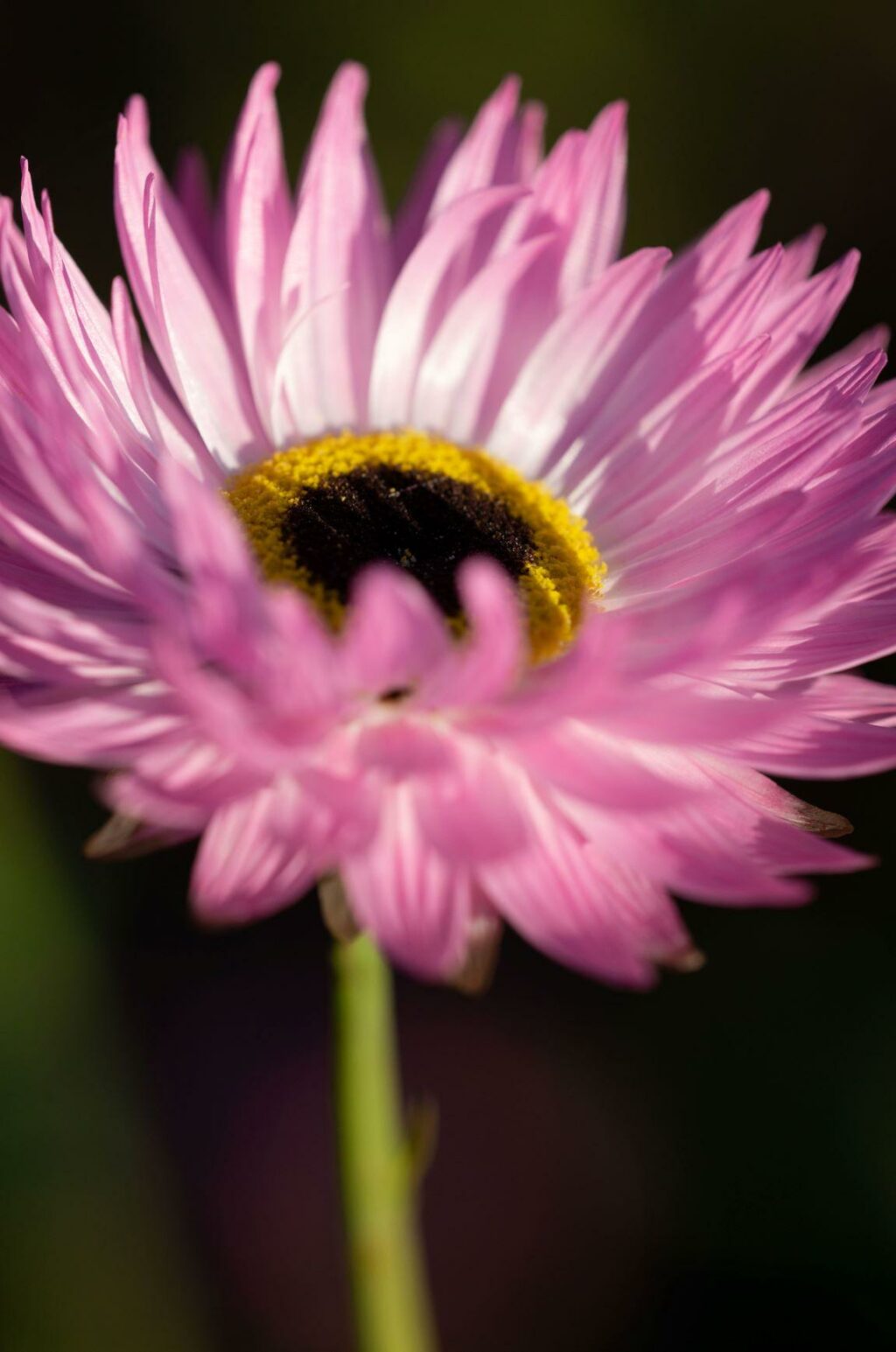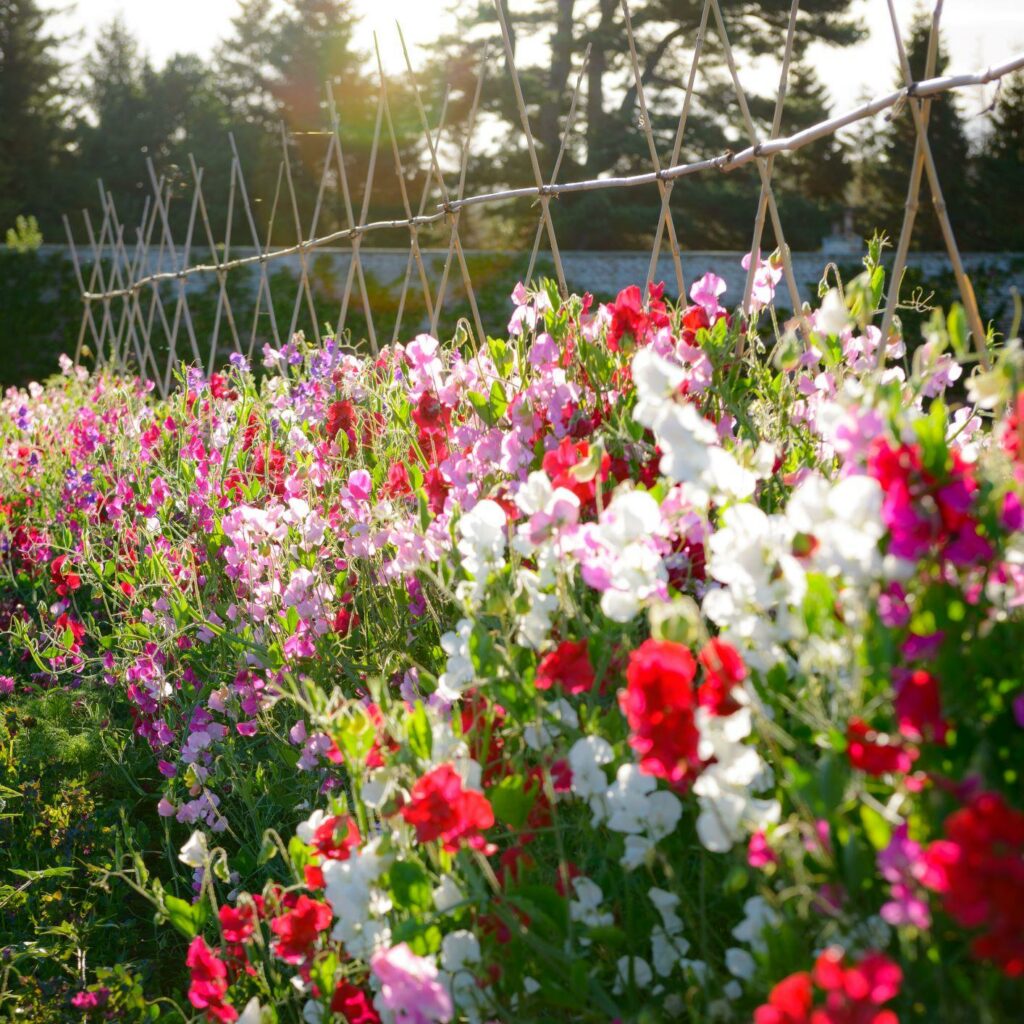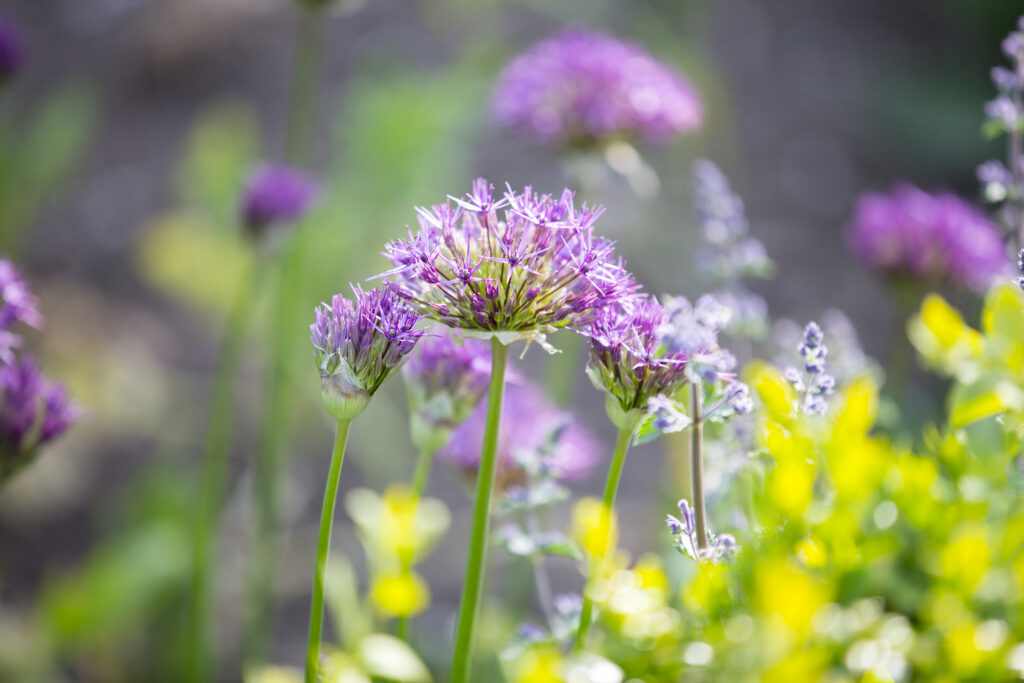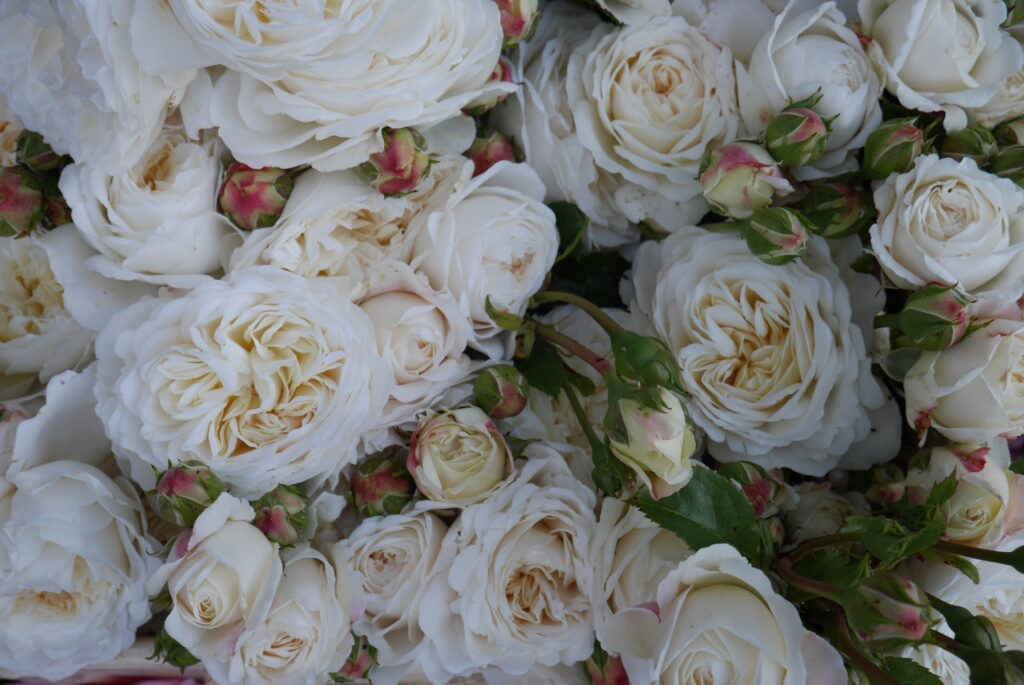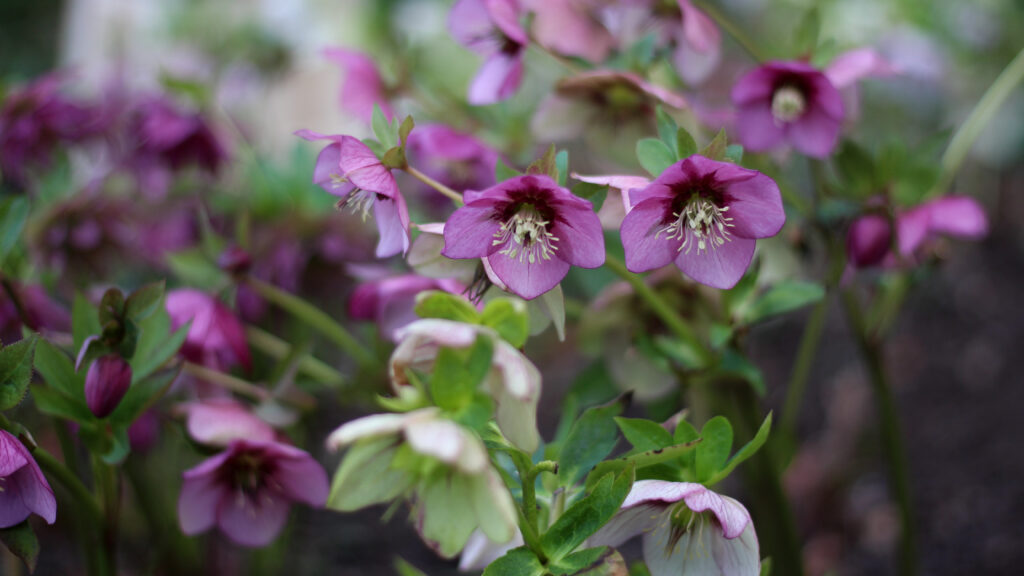Cosmos
Cosmos are one of our favourites and most widely used genus of annuals. Easy to germinate and long lasting, their feathery foliage and cheerful flowers add as much to a bouquet as they do to a border. We love the bright cerise pink ‘Double Click Cranberry’ to add instant impact to a display, or the clean white ‘Purity’ for its elegant simplicity.
